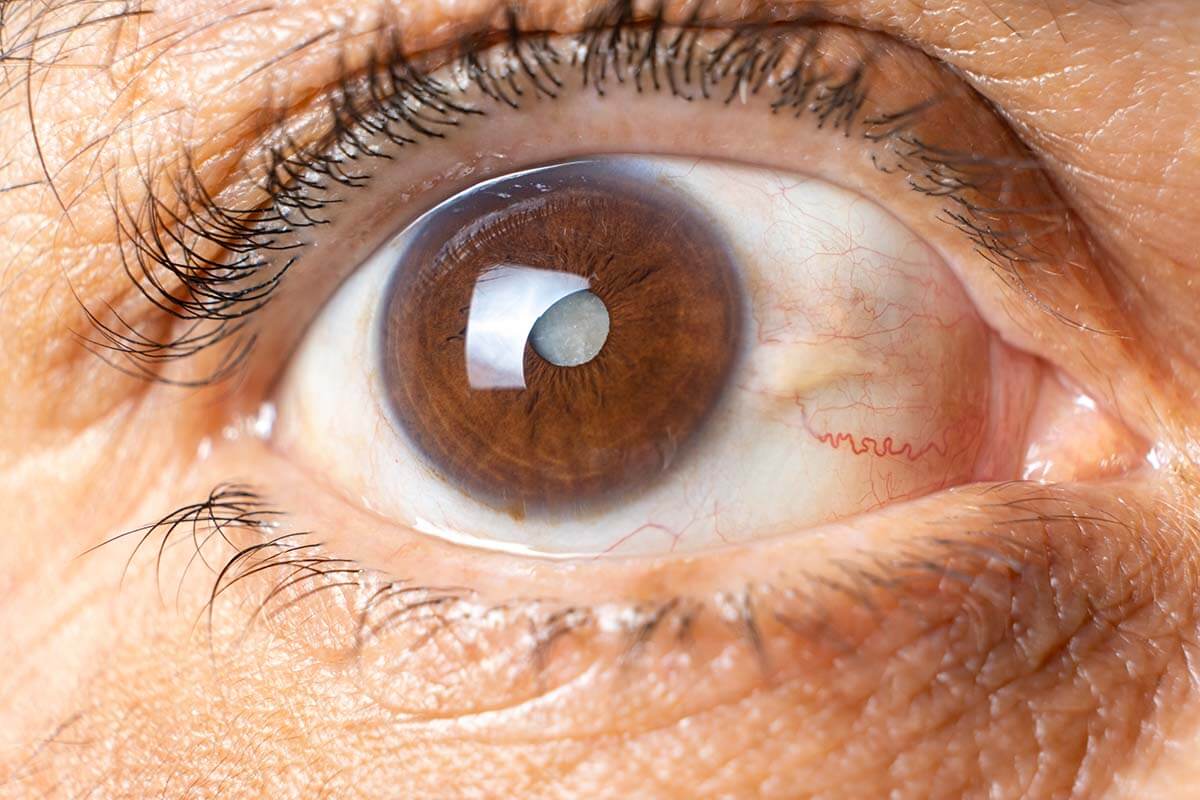
Liddle's Syndrome is a rare genetic disorder that affects the kidneys, leading to high blood pressure and low potassium levels. Caused by mutations in specific genes, this condition disrupts the balance of sodium and potassium in the body. Symptoms often include fatigue, muscle weakness, and excessive thirst. Diagnosing Liddle's Syndrome can be tricky due to its rarity, but early detection is crucial for effective management. Treatment typically involves medications to control blood pressure and potassium levels. Understanding Liddle's Syndrome can help those affected manage their health better and improve their quality of life. Let's dive into 30 intriguing facts about this unique condition.
What is Liddle's Syndrome?
Liddle's Syndrome is a rare genetic disorder that affects the kidneys, leading to high blood pressure and low potassium levels. Named after Dr. Grant Liddle, who first described it in 1963, this condition can be challenging to manage but understanding it better can help those affected.
Genetic Basis of Liddle's Syndrome
Understanding the genetic roots of Liddle's Syndrome is crucial for diagnosis and treatment.
- Liddle's Syndrome is caused by mutations in the SCNN1B or SCNN1G genes. These genes encode subunits of the epithelial sodium channel (ENaC), which plays a role in sodium reabsorption in the kidneys.
- The disorder is inherited in an autosomal dominant pattern. This means only one copy of the altered gene is enough to cause the condition.
- Mutations lead to increased activity of the ENaC. This results in excessive sodium reabsorption, causing high blood pressure and low potassium levels.
- Genetic testing can confirm the diagnosis. Identifying mutations in the SCNN1B or SCNN1G genes helps in diagnosing Liddle's Syndrome.
Symptoms of Liddle's Syndrome
Recognizing the symptoms early can lead to better management of the condition.
- High blood pressure is a primary symptom. This hypertension often appears at a young age and can be severe.
- Low potassium levels, or hypokalemia, are common. Symptoms of hypokalemia include muscle weakness, fatigue, and cramps.
- Some patients may experience metabolic alkalosis. This condition occurs when the blood becomes too alkaline.
- Frequent urination and excessive thirst can occur. These symptoms result from the body's attempt to balance sodium and potassium levels.
- Heart palpitations and irregular heartbeats may be present. These are due to the effects of low potassium on the heart.
Diagnosis of Liddle's Syndrome
Accurate diagnosis is key to managing Liddle's Syndrome effectively.
- Blood tests can reveal low potassium levels. These tests also help monitor kidney function and electrolyte balance.
- Urine tests measure sodium and potassium excretion. Abnormal results can indicate issues with kidney function.
- Genetic testing confirms the presence of mutations. This is the definitive method for diagnosing Liddle's Syndrome.
- Family history is important in diagnosis. Since the condition is inherited, a detailed family history can provide clues.
- Blood pressure monitoring is essential. Regular checks help manage hypertension and prevent complications.
Treatment Options for Liddle's Syndrome
Managing Liddle's Syndrome involves a combination of medications and lifestyle changes.
- Potassium-sparing diuretics are commonly used. These medications help reduce sodium reabsorption and increase potassium levels.
- Amiloride and triamterene are effective treatments. These drugs specifically target the ENaC to reduce its activity.
- A low-sodium diet can help manage symptoms. Reducing sodium intake helps control blood pressure and potassium levels.
- Regular monitoring of blood pressure and potassium levels is crucial. This helps ensure treatments are effective and adjust them as needed.
- Genetic counseling is recommended for affected families. Counseling helps families understand the condition and its inheritance pattern.
Complications of Liddle's Syndrome
Without proper management, Liddle's Syndrome can lead to serious health issues.
- Untreated high blood pressure can cause heart disease. This includes conditions like heart attacks and heart failure.
- Kidney damage is a potential complication. Chronic high blood pressure can harm the kidneys over time.
- Low potassium levels can lead to muscle weakness. Severe hypokalemia can cause paralysis and respiratory issues.
- Metabolic alkalosis can affect overall health. This condition can lead to confusion, tremors, and muscle twitching.
- Increased risk of stroke due to hypertension. High blood pressure is a major risk factor for strokes.
Research and Future Directions
Ongoing research aims to improve understanding and treatment of Liddle's Syndrome.
- Gene therapy is being explored as a potential treatment. This approach aims to correct the underlying genetic mutations.
- New medications targeting the ENaC are in development. These drugs could offer more effective treatment options.
- Research on lifestyle interventions is ongoing. Studies are examining the impact of diet and exercise on managing symptoms.
- Patient registries help track the condition's progression. These databases collect information to improve understanding and treatment.
- Collaboration between researchers and clinicians is crucial. Working together helps translate research findings into clinical practice.
- Increased awareness can lead to earlier diagnosis. Educating healthcare providers and the public about Liddle's Syndrome is important for timely intervention.
Final Thoughts on Liddle's Syndrome
Liddle's Syndrome, a rare genetic disorder, affects the kidneys' ability to balance salt and water. This imbalance leads to high blood pressure and low potassium levels. Early diagnosis is crucial for managing symptoms and preventing complications. Treatment often includes medications like potassium-sparing diuretics and lifestyle changes such as a low-sodium diet. Genetic counseling can also be beneficial for affected families. Understanding the genetic mutations behind Liddle's Syndrome helps in developing targeted therapies. Though rare, awareness about this condition can lead to better outcomes for those affected. If you or someone you know shows symptoms, consult a healthcare professional for proper diagnosis and treatment. Knowledge is power, and staying informed can make a significant difference in managing this condition.
Was this page helpful?
Our commitment to delivering trustworthy and engaging content is at the heart of what we do. Each fact on our site is contributed by real users like you, bringing a wealth of diverse insights and information. To ensure the highest standards of accuracy and reliability, our dedicated editors meticulously review each submission. This process guarantees that the facts we share are not only fascinating but also credible. Trust in our commitment to quality and authenticity as you explore and learn with us.


